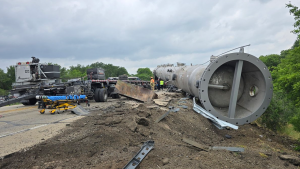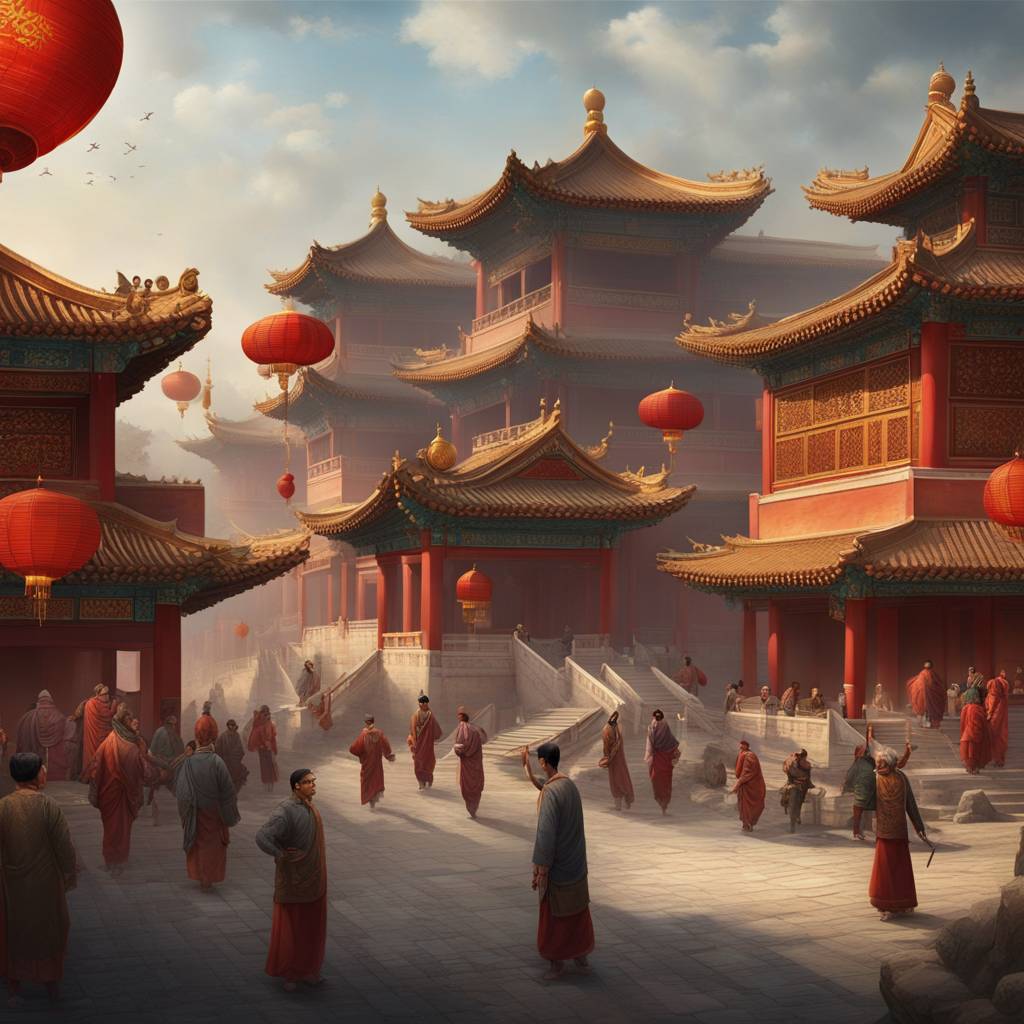A senior Chinese official reiterated Beijing’s claims to the northeastern Indian state of Arunachal Pradesh, known as Zangnan in China, citing historical rights to the region. The statement came in response to Indian Prime Minister Narendra Modi’s recent visit to the area, where he inaugurated the Sela Tunnel. Tensions have escalated in the disputed region, with ongoing military stand-offs along the Line of Actual Control (LAC). The two countries have a history of territorial disputes, including a brief conflict in the 1960s over Arunachal Pradesh.
The United States has supported India against China’s criticism of the infrastructure development in Arunachal Pradesh, with a State Department spokesperson reaffirming American recognition of the region as Indian territory. This stance has angered China, which accuses the U.S. of provoking disputes with other countries for its own interests. The public exchange of words between the two countries comes amid attempts to deescalate tensions at the border. Chinese and Indian representatives recently held a dialogue to address the ongoing standoff, emphasizing the importance of respecting previous agreements and maintaining peace in the border area.
The ongoing dispute over Arunachal Pradesh highlights the complex relationship between China, India, and the United States. While the two Asian powers have been engaged in a military stand-off for four years, the involvement of the U.S. adds another layer of complexity to the situation. China has criticized Washington for interfering in the border tensions between China and India, emphasizing that the boundary question is a matter to be resolved between the two countries without outside involvement. The State Department has yet to provide a response to these recent developments.
The historical roots of the dispute between China and India over Arunachal Pradesh underscore the deep-seated territorial issues between the two nations. Both countries have laid claim to the region, leading to conflicts and tensions over the years. The recent construction of the Sela Tunnel in the area has further fueled the dispute, with each side asserting its sovereignty over the territory. The competing claims to Arunachal Pradesh reflect broader geopolitical rivalries in the region and the challenges of resolving long-standing territorial disputes.
Despite efforts to deescalate tensions, military deployments continue on both sides of the border, indicating the ongoing challenges in resolving the dispute over Arunachal Pradesh. The recent dialogue between Chinese and Indian representatives has aimed to prevent further flare-ups and consolidate previous disengagement outcomes in order to maintain peace and tranquility in the border area. The delicate balance between asserting territorial claims and avoiding conflict remains a key concern for both countries as they navigate the complexities of their relationship in the region.















